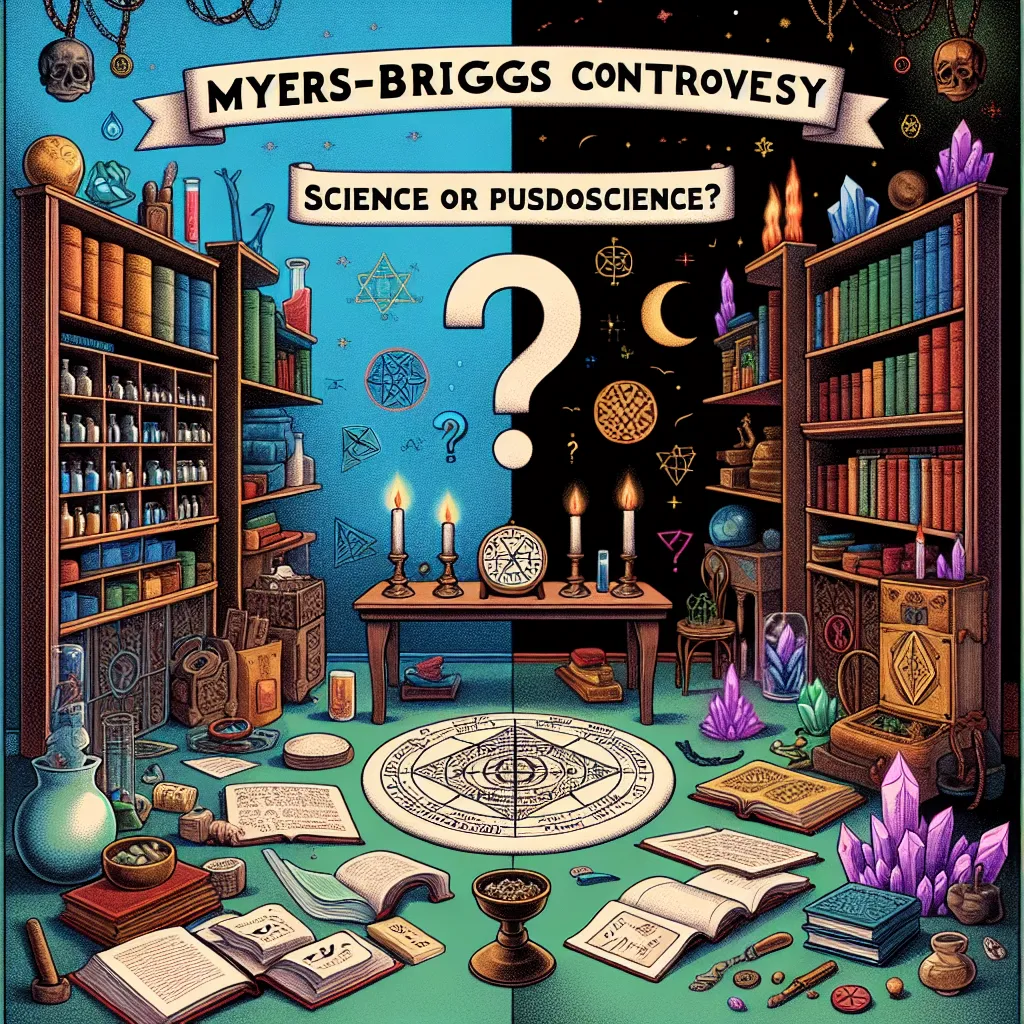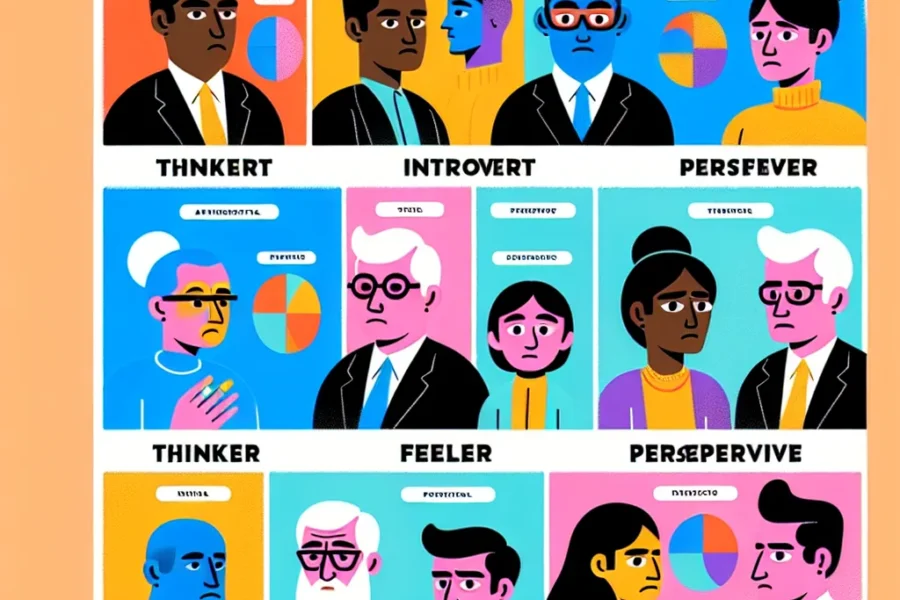The Myers-Briggs Type Indicator (MBTI) is one of the most popular personality assessments in use today. Based on the psychological theories of Carl Jung, the MBTI was developed in the mid-20th century by Katherine Cook Briggs and her daughter Isabel Briggs Myers. It offers a framework for understanding personality by categorizing individuals into 16 distinctive personality types, determined by their preferences in four dichotomies: Extraversion or Introversion, Sensing or Intuition, Thinking or Feeling, and Judging or Perceiving. Despite its widespread use in business, education, and personal development, the MBTI has become a subject of intense debate, with critics questioning its scientific validity.
For proponents, the MBTI is revered for its ability to provide insights into personal behavior, improve communication, and foster better understanding between people. It is often used for team building, career counseling, and personal growth, as it is believed to help people identify their strengths and weaknesses. Naturally, the attraction to the MBTI lies in its user-friendly approach and its nonjudgmental nature, suggesting that all personality types are equal and valuable.
However, critics argue that the MBTI lacks the empirical evidence typical of robust, scientific psychological instruments. One of the central concerns is the reliability of the test. Many studies have shown that up to 50 percent of individuals receive a different personality type when they retake the test after only a few weeks. This inconsistency calls into question the stability of the personality types defined by the MBTI.
Moreover, scientists have criticized the MBTI for its binary choices, suggesting that human personality exists on a spectrum rather than in dichotomous categories. For example, people may exhibit both introverted and extroverted behaviors depending on the context, challenging the validity of assigning them to one category or the other. Similarly, the MBTI does not account for the situational or environmental factors influencing behavior; it overlooks the complexity of human personality by fitting it into rigid typologies.
Another issue is the lack of predictive validity; that is, the MBTI scores often do not correlate with other measures they should theoretically be related to. For instance, the MBTI does not consistently predict job performance or satisfaction, undermining its utility in professional settings. Furthermore, the theory behind the MBTI is not falsifiable—a critical principle in scientific theory—because it cannot be proven wrong. The broad and flexible descriptions of each personality type are inclusive enough to apply to a wide range of individuals, which can lead to a phenomenon known as the Forer effect, where individuals believe vague, general statements to be highly accurate for them personally.
Arguments also arise from the MBTI’s origins and underpinnings. While Carl Jung’s work contributed to our understanding of personality, his theories were not based on controlled scientific studies. Briggs and Myers further developed these concepts into the MBTI without rigorous scientific testing. Consequently, many psychologists argue that the MBTI should not be considered a scientific instrument due to its theoretical foundations, which lack empirical support.
Despite its shortcomings, the MBTI remains in widespread use. Its accessibility and the intuitive appeal of its categorizations often overshadow concerns about its scientific validity. The industry around the MBTI thrives, with many consultants and organizations banking on its appeal to help improve interpersonal dynamics and personal understanding. The MBTI’s popularity is, in part, self-perpetuating. As people share their results and apply the framework to interpret their interactions, they contribute to the normalization and acceptance of the tool, regardless of its scientific standing.
When evaluating the MBTI, it is crucial to understand the distinction between its practical usefulness and its scientific legitimacy. Many users find value in the shared language it creates for discussing personality differences, which can facilitate better communication. However, utilizing it as a fun and engaging tool for personal insight is different from relying on it for critical decisions like hiring or determining career paths.
In discussing the MBTI, we should recognize that pseudoscience is not merely about the absence of evidence, but the presence of claims that go beyond what the evidence can support. The MBTI makes broad assertions about individual differences and potentialities based on a methodology that does not conform to rigorous scientific standards. Defending the test merely as a starting point for conversations about personality and personal growth can avoid some pitfalls, but does not excuse the lack of scientific rigor in its development and application.
To improve its standing within the scientific community, the MBTI would need to undergo comprehensive reevaluation. This would include establishing reliability through consistent test-retest outcomes, incorporating a spectrum-based approach to personality traits, conducting research that links test results to concrete outcomes, and revising the theoretical framework to meet falsifiable criteria.
In conclusion, the debate around the MBTI serves as an essential reminder of the significance of scientific principles when developing and applying psychological tools. While the MBTI may offer some practical utility in fostering self-awareness and communication, its claims and applicability must be tempered by an acknowledgment of its lack of evidence-based support. As such, the MBTI can be enjoyed for its insights but should be approached with caution and skepticism when used in decision-making processes that have significant implications for individuals’ lives and careers. The controversy illustrates the need for a balance between utilizing popular frameworks for personal and professional development and ensuring that these tools are grounded in scientifically valid methodologies.



Leave a Comment